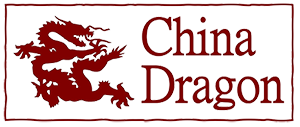Chinese Martial Arts
Wushu (Kung fu) ‘Traditional Chinese Martial Arts’ includes both ‘external’ or ‘hard’ styles – descended from the Shaolin Temple, and ‘internal’ or ‘soft’ styles. Of the three major internal styles, only Taijiquan (Tai Chi) is practiced slowly, the other two Baguazhang and Xingyiquan are performed quickly and continuously.
All these styles can be used for self defence and are deceptively powerful. In External styles, strength comes from moving muscles, whereas Internal force is generated by relaxing and focusing Qi (Chi) ‘Energy’. This has the additional health benefit of maintaining wellbeing, preventing disease and alleviating illness or injury. They also incorporate aspects of Chinese philosophy within their foundation theory. Internal styles include empty hand routines, meditation techniques, partner exercises and weapons training.
Timetable
| Mon | 7:00-8:00pm | Wushu |
| Thu | 7:00-8:00pm | Wushu |
| 8:00-9:00pm | Wushu | |
Fees (10 week terms)
| 1 class per week | $150 | |
| 2 classes per week | $240 | |
| 3 classes per week | $360 | |
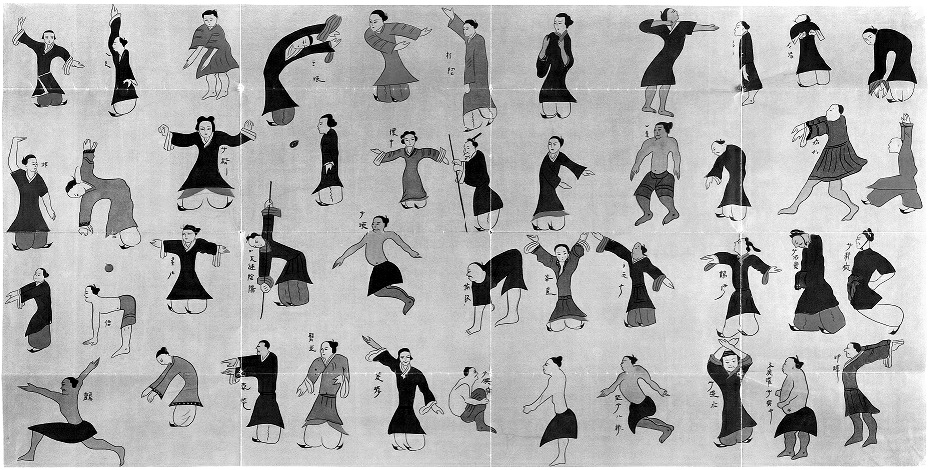
Qi Gong (Chi Kung)
Qi Gong is the art of moving qi (chi) ‘energy’ though focus of the mind, breath and body. It roughly translates as ‘energy skills’ and includes gentle exercises – Dao Yin ‘Guiding and Stretching’ (sometimes referred to as Chinese Yoga), meditation and breathing techniques to achieve this goal. The purpose of Qi Gong is to influence the flow of energy in and around the body. It does this by regulating the channels, tissues and organ systems.
Taijiquan (Tai Chi)
Famous for its leisurely, smooth movements, Taijiquan in its original form was a martial art for fighting but now is mostly practiced for relaxation and health. The name comes from the Yin yang diagram and it embodies the traditional Chinese theory of ‘polar opposites’ by displaying an equal balance of slow and quick actions; soft and hard force; low and high postures; empty and full forms; and static or dynamic skills. Concealed within are various grappling movements.
Five major schools formed over the four centuries of its practice. The oldest, Chen Style Taijiquan, is known for its ‘silk reeling’ technique for generating Fa Jin ‘explosive strength’ through spiralling energy from the body’s core strength the Dan Tian. The most popular today, the gentle Yang style, is known for its long graceful movements and suitability for all types of people of all ages.
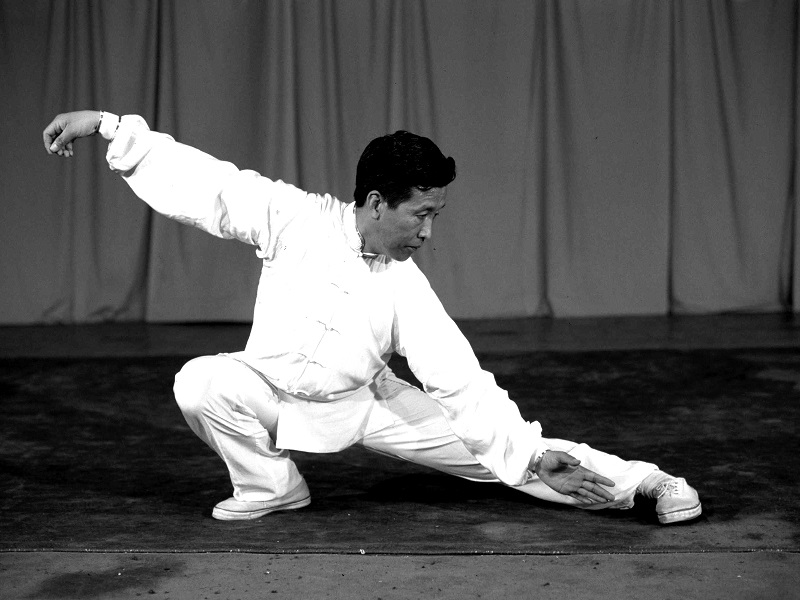
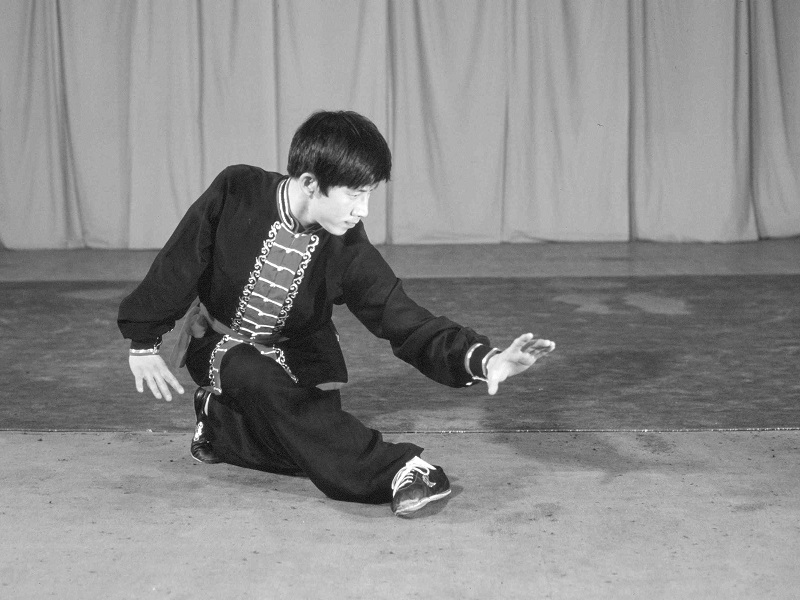
Xingyiquan
Linear in nature, Xingyiquan (Hsing I Chuan), is an internal style that drills a variety of different striking techniques, mostly with the hands, in precise and powerful combinations. Xinqyiquan is based on the Five Elements of Chinese philosophy – Metal, Water, Wood, Fire and Earth, in combination with 12 Animal Postures – Dragon, Tiger, Monkey, Horse, Crocodile, Rooster, Sparrowhawk, Swallow, Snake, Tai-Bird, Eagle and Bear.
Since its development in the 1700’s, three different provincial locations have further contributed to the formation and variety of the style. The ‘Hebei branch’ stresses sturdiness and expansive movements with forceful strikes.
Baguazhang
The internal style Baguazhang (Pa Kua Chang) exclusively uses palm techniques in a continuous circular stepping pattern that appears to slide quickly along the ground with constantly changing fluid movements. It is founded on the theory of the ‘Eight Diagrams’ – combinations of three broken or unbroken lines from the ancient Chinese text the Yi Jing (I Ching) ’Classic of Change’. These eight symbols represent all transformation in the universe and are an important part of Chinese cultural history.
Around 150 years ago the art’s founder taught differing versions to his best students and various sub-styles evolved as a result. ‘Cheng style’, one of the most widely practiced today, utilises an open ‘dragon claw’ palm with hidden wrestling applications.
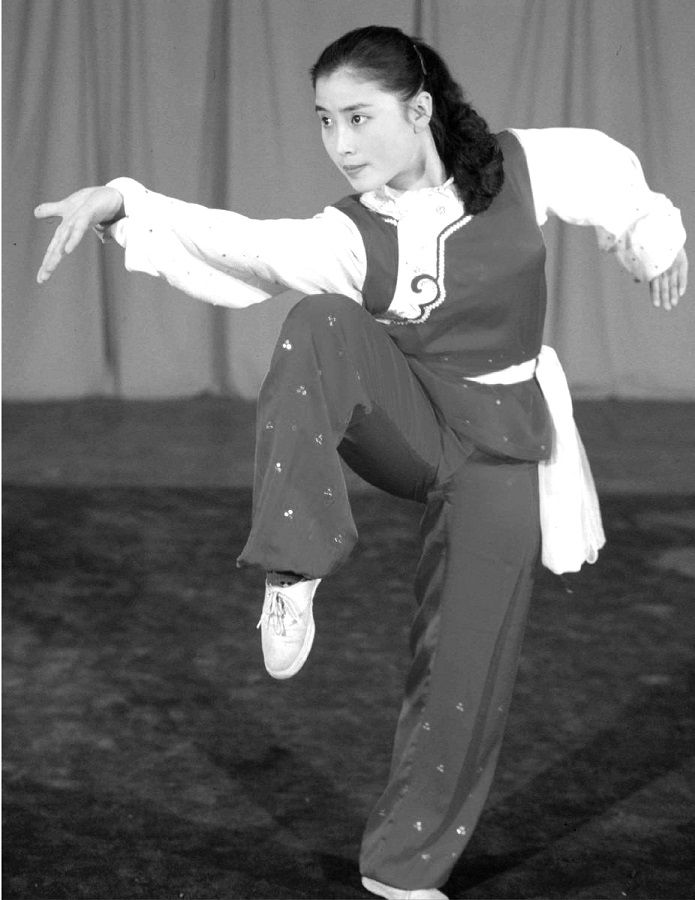
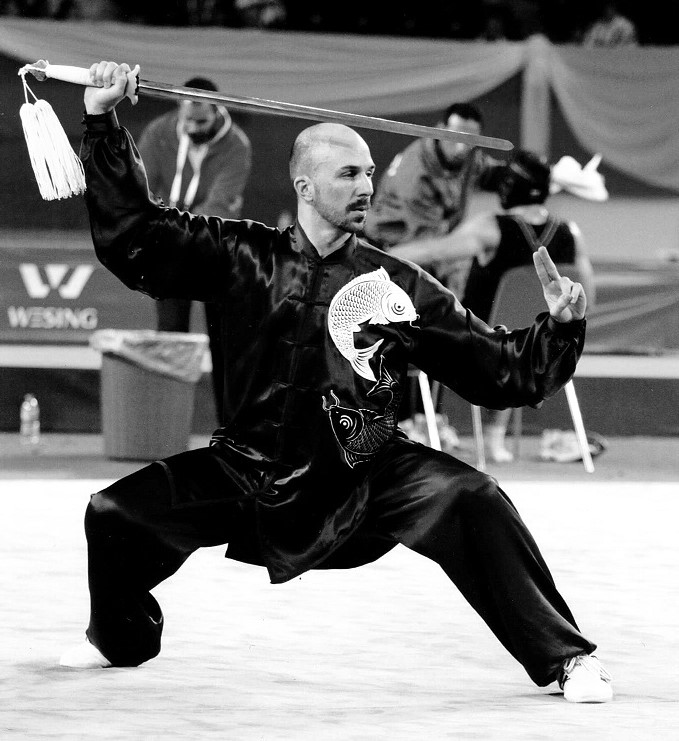
Master Tyler J. Rowe
Tyler has trained martial arts his entire life. Since the early age of 5 he began with Judo, then later Taekwondo, Capoeira and for the last 25 years Wushu ‘Traditional Chinese Martial Arts’. He is a long-time student of 8th Degree Grandmaster Tang Laiwei, a former member of the Beijing Wushu Team.
A certified International level wushu coach and judge, Tyler is a multiple time former State/National Champion and member Australian National Team to the World Wushu Championships. In 2014 Tyler was awarded the rank of 6th Degree Master by China’s National governing body in Beijing.
